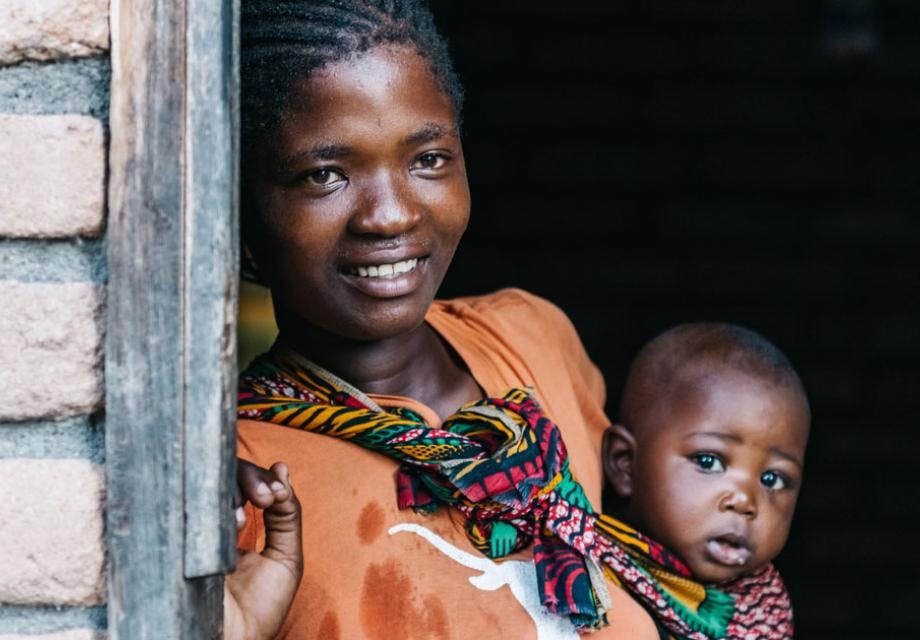Routine point-of-care viral load testing a success in Malawi
Caitlin Mahon
30 August 2019
Routine point‐of‐care viral load monitoring achieves high testing coverage rates and same-day delivery of results in decentralised clinics.
Point-of-care (POC) viral load (VL) testing reached 85% of people living with HIV and in care across five sites over four years in Malawi, and 89% of this group were virally suppressed. The findings describe, for the first time, real-world programmatic outcomes of routine POC VL testing in sub-Saharan Africa.
Regular VL monitoring allows for the identification of suboptimal adherence, treatment failure and those patients whose antiretroviral treatment (ART) regimen should be switched. VL tests can also motivate patients to remain adherent or alert healthcare workers to patients who may benefit from differentiated care models.
But their cost and complexity to perform and interpret remain a critical barrier in low-resourced contexts. It’s estimated that just 50% of people living with HIV in these settings receive an annual VL test. At the time of this study, Malawi’s guidelines called for VL monitoring every two years – this has now changed to annually as of 2019.
The first available POC VL test is the SAMBA I (“Simple Amplification Based Assay”) platform, which is a semi-automated and conducive for use in low-resourced settings, allowing for lack of air conditioning and dust problems, among other things. It provides semi‐quantitative test results (above or below 1000 HIV‐1 RNA copies/mL) within 125 minutes.
In 2013, Médecins Sans Frontières (MSF) introduced the SAMBA I technology at one central district hospital (DHOS) in the rural, resource-limited Chiradzulu District, where HIV prevalence is 17% HIV, in addition to four other decentralised sites run by MSF staff. The decentralised sites were chosen because of their direct proximity to clinics for same-day results.
The main outcomes of the programme analysis included “VL‐coverage” as the proportion of VL‐eligible patients receiving a first VL test during the study period. Result turnaround‐time was the number of days between blood collection and test result review by clinicians with a patient. They also reported on the number and proportion of suspected failure patients.
People were eligible for the study if they had been on ART for more than three months and had a scheduled clinic visit between 2013 and 2017. Patients with prior VL test results or on third‐line regimens were excluded.
In total, 21,400 patients were included in the analysis. In this cohort 65% were female, 48% had a cumulative World Health Organization (WHO) stage III or IV and 55% were on ART ≥2 years, with 98% on first‐line ART.
During the study period, VL coverage overall was 85% varying slightly across the clinics. There was a reported 82% coverage in the DHOS site and two other decentralised clinics, while coverage was higher in the other two at 88% and 89%.
In the clinics with more than 5,000 patients eligible for VL testing, median time from eligibility to testing was 8.3 months, this was reduced to 5.5 months in three clinics with less than 5,000 patients.
Turnaround‐time could be analysed for 97% of tests requested in the decentralised clinics and for 68% of tests at DHOS. In decentralized clinics, 88% of tests conducted had their results reviewed by clinicians on the same day as blood draw compared to 2% in the DHOS where the median turnaround was 85 days.
Among those who had VL readings at above 1000 copies/mL, 83% of this group received a follow-up test. Of this group with continued readings above the threshold at the second test, 70% received a third test. In this group with definitive treatment failure, 80% were then switched to second-line treatment. Just over half (52%) of this group received a VL test post-switch. Among all failures, the time between first and follow‐up VL‐tests or regimen switch was significantly shorter in the decentralised clinics.
“Our findings indicate that routine point‐of‐care VL‐monitoring can achieve high testing coverage, same day results in decentralized clinics, and comparably good switching rates for first‐line failures,” note the authors in their conclusion. However, gaps remained at every stage in the VL testing cascade. More work around follow-up and regime switching needs to be done, with recommendations to monitor these gaps closely to guide future programming.
Get our news and blogs by email
Keep up-to-date with all our latest news stories and blogs by signing up to the Be in the KNOW news digest.
